Optimize an Array Lens in a Laser Projector through Moldex3D Optics Solution
Moldex3D Optics module has been widely applied in the optical industry to improve part quality and reduce production cost. The Metal Industries Research & Development Center (MIRDC) utilized Moldex3D DOE methods and Optics module to observe the interactions between birefringence and the process conditions of an array lens in a laser projector in order to minimize the residual stress and warpage. They also found high consistency between the simulation results and the actual mold trial product and successfully saved the time and cost by quickly optimizing the process parameters prior to real-world manufacturing. Utilizing Moldex3D DOE methods and Optics module to optimize the process settings in order to reduce birefringence and improve product warpage and beam consistency. Due to the light transmission requirements, most optics products are made of amorphous materials. The plastic materials have to tolerate significant stress changes caused by the fierce temperature and pressure variations. Therefore, it is hard to control the shrinkage on the final products. In addition, if more pressure is imposed on the part, it tends to be broken; if the temperature is too high, it will cause thermal degradation. Thus, the optimization of molding conditions is a key factor to attain good quality optics products. The product in this case is an array lens in a laser projector. The objective is to find out the best process settings to reduce birefringence, warpage and beam consistency through simulation analysis in order to minimize the residual stress. MIRDC utilized Moldex3D optics module to run simulations on the original design and revised designs with different process settings including mold temperature, injection speed, packing pressure and packing time. Through Moldex3D simulation results of DOE methods, they found out that increasing the injection speed would reduce the birefringence, and higher packing pressure could improve the warpage. Therefore, the first revised design was revised with higher injection speed and packing pressure. However, higher pressure would cause higher residual stress and affect the beam consistency around the gate. They chose to ignore the adjustment of packing pressure because the difference of total displacement between the original and revised designs is less than 1 μm. Ultimately, they optimized the process parameters successfully and made the most ideal design.  Original design  Revised design Experiment of revised design Through Moldex3D analysis results, MIRDC was able to observe and understand the effects of process settings and predict potential product defects. All simulation results were validated by the actual experimental data of optical table system (Fig. 3). They not only successfully optimized the molding parameters, but also saved mold trial and manpower costs. In the future, they can further introduce Moldex3D into injection compression molding process and multi-cavity mold process to study the relationships between residual stress, flow balance and warpage. Olive green powder, can be used as pigment, polishing and abrasive material, refractory material, electrofusion, electronic metallurgy Chromium Oxide Green,Chromium Oxide Green Refractory Matter,Chromium Oxide Green Pigment,Chromium Oxide Green Metallurgy SICHUAN YINHE CHEMICAL CO.,LTD , https://www.sichuanyhcc.com
Metal Industries Research & Development Centre was established in October, 1963 for researching and developing the leading technology of metal and its related industries in Taiwan. The main service fields of MIRDC include basic metal industry, metal product industry, machinery industry, electrical and appliance industry, transport equipment industry, and precision instrument industry, etc.
(Source: https://www.mirdc.org.tw/English/index.aspx)Â Executive Summary
Challenges
Solutions
Benefits
Case Study
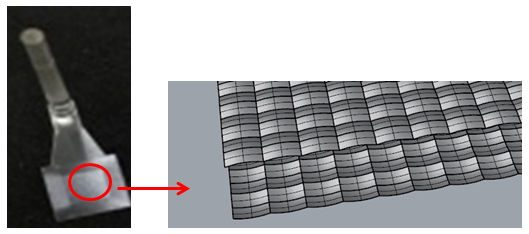 Fig. 1 Â The array lens in this case
Fig. 1 Â The array lens in this case
MIRDC used Moldex3D to simulate the original design and the optimized design with higher injection speed. The analysis results in Fig. 2 show when the injection speed is higher, the birefringence would be less due to the effect of residual stress. Furthermore, the simulation result agreed with the experiment.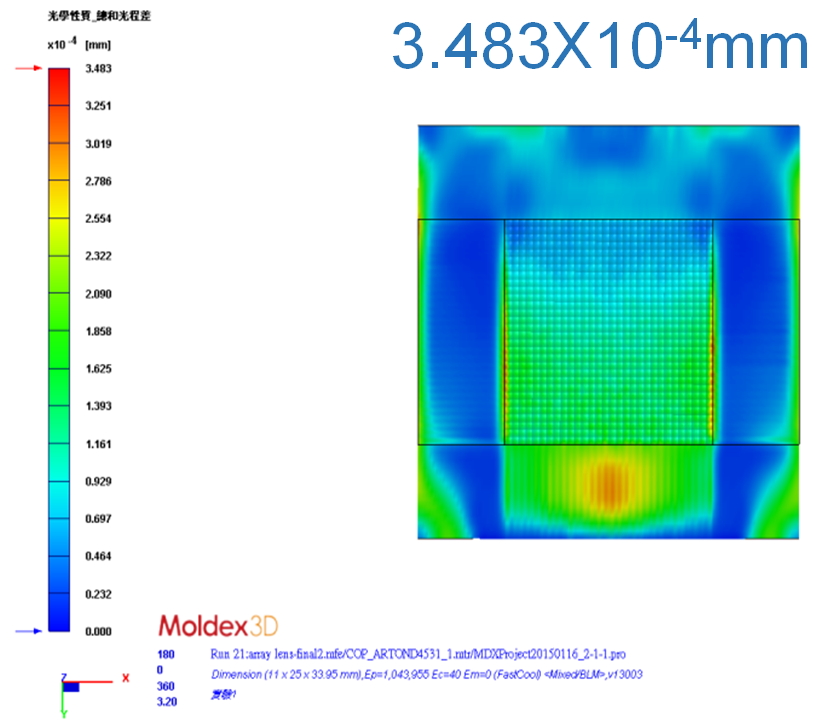
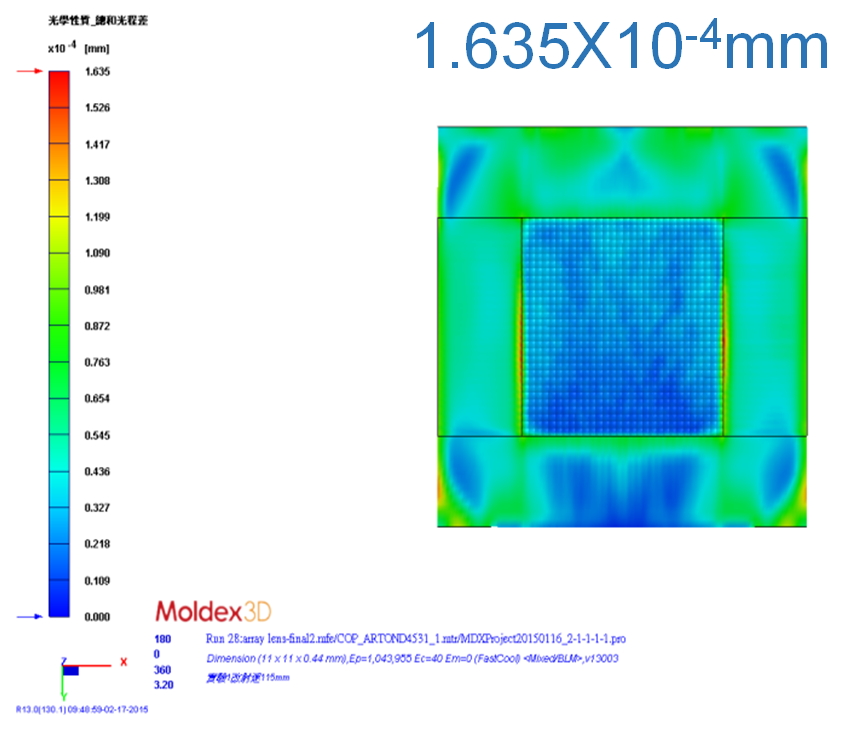
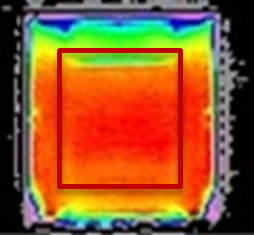 Fig. 2 Â The revised design with higher injection speed has an obvious improvement of reducing the degree of birefringence, and the simulation result were later validated by the experiment. The colors are complimentary due to bright field and dark field difference.
Fig. 2 Â The revised design with higher injection speed has an obvious improvement of reducing the degree of birefringence, and the simulation result were later validated by the experiment. The colors are complimentary due to bright field and dark field difference.Results
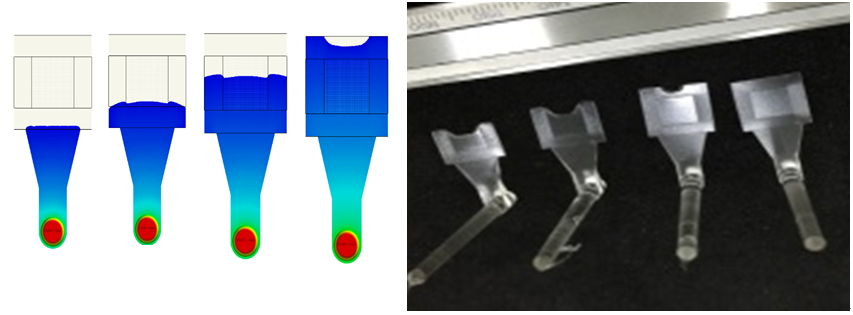 Fig. 3  The Moldex3d’s simulation matches the actual molding result of flow behavior
Fig. 3  The Moldex3d’s simulation matches the actual molding result of flow behavior
